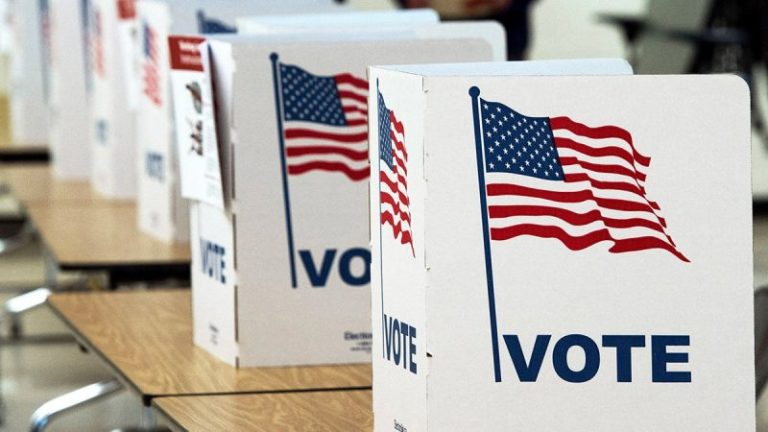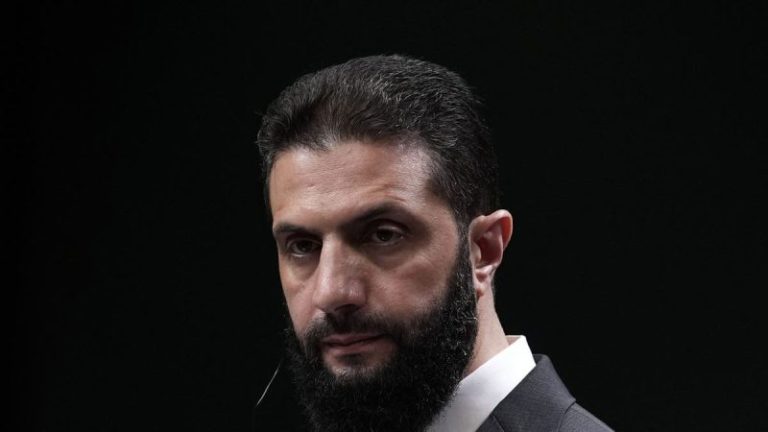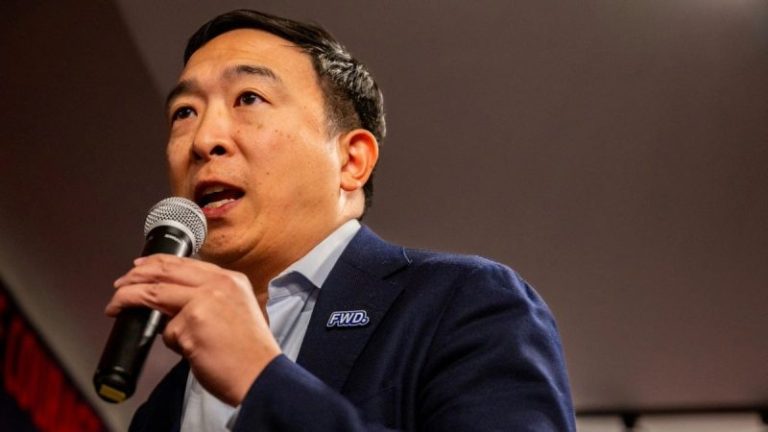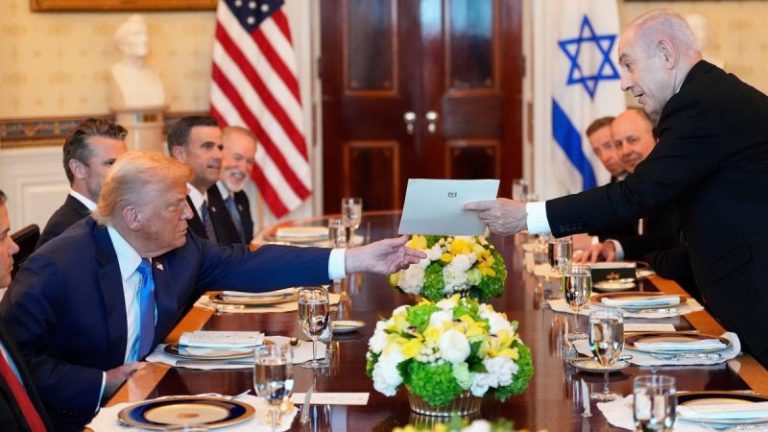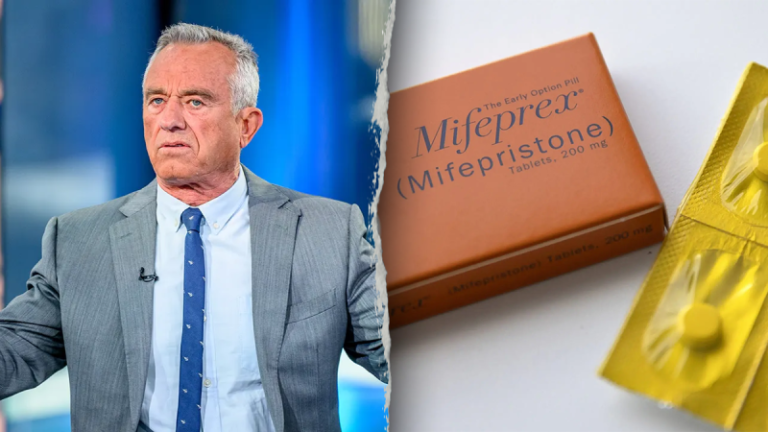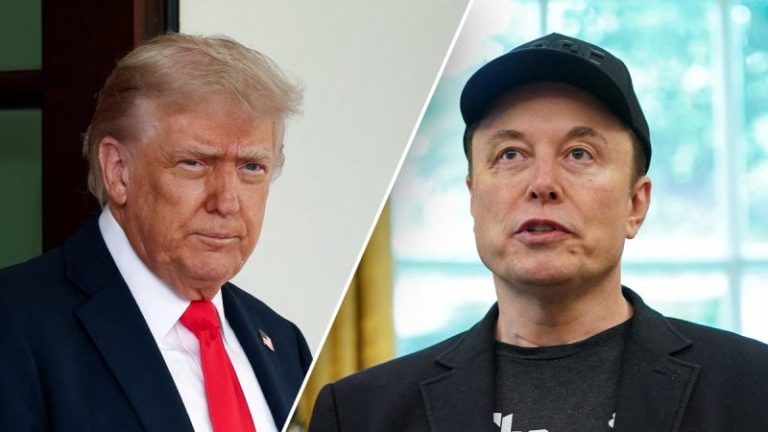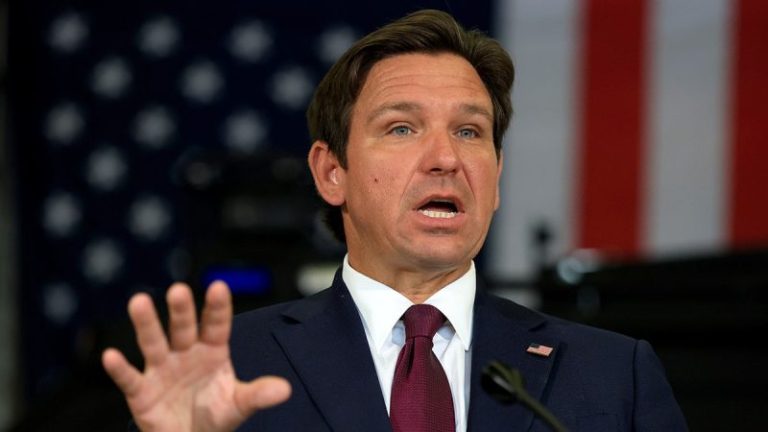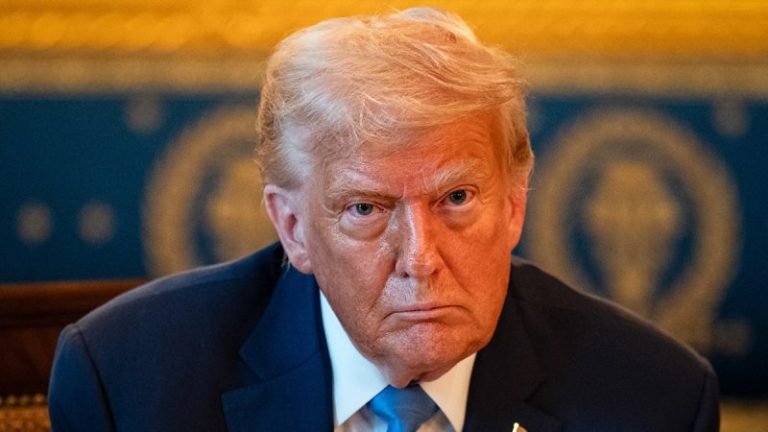As Planned Parenthood sues the Trump administration for provisions of the ‘big, beautiful bill’ defunding abortion providers, pro-life medical groups are urging Health and Human Services Secretary Robert F. Kennedy Jr. to reexamine the FDA’s broad approval of abortion drugs.
In a letter obtained by Fox News Digital, six anti-abortion medical organizations, representing approximately 30,000 medical professionals, urge Kennedy and FDA Commissioner Martin Makary to reinstate safety guards on the abortion pill mifepristone that have been removed since it was first approved in 2000.
According to the Guttmacher Institute, medication abortion accounts for 63% of all U.S. abortions. The most common form of medication abortion method involves ingesting mifepristone, a pill that cuts off progesterone flow to the womb, essentially starving the fetus of nutrients. A second pill, called misoprostol, is then ingested to expel the dead fetus.
Under the Biden administration, the FDA significantly expanded its approval of mifepristone, allowing the drugs to be obtained via telemedicine, without in-person doctor appointments and to be mailed.
In the letter, the groups, which include the American Association of Pro-Life OBGYNs, the Alliance for Hippocratic Medicine and the American College of Family Medicine, warn that the latest data on mifepristone ‘strongly suggests’ that hundreds of thousands of women have been harmed by using the drug.
Planned Parenthood states on its website that chemical abortion is ‘safer than many other medicines like penicillin, Tylenol, and Viagra.’ The letter, however, calls mifepristone ‘a high-risk abortion-inducing drug that is known to cause serious adverse effects and medical emergencies, including hemorrhage, sepsis, and incomplete abortions requiring surgical intervention.’
The letter cites two reports released this May, one by the Foundation for the Restoration of America and the other by the Ethics and Public Policy Center, that they say showed as many as one out of every nine women using mifepristone suffered serious adverse events.
The studies claimed that, based on an analysis of health insurance records covering 330 million U.S. patients of 860,000 women receiving mifepristone prescriptions, 10.93% of those women experienced sepsis, infection, hemorrhaging, surgical intervention or another serious adverse event within 45 days following use of the drug.
Based on this, the letter says that real-world data on mifepristone use ‘shows real patients experience very real medical emergencies at an alarming rate – a rate that is consistent with what our members are seeing in their clinical practice.’
‘The data strongly suggest that mifepristone poses a far greater risk of causing harm than previously stated. In fact, the risk of serious complications may be 22 times higher than previously disclosed,’ the letter states.
In light of this, AAPLOG and the other groups signing onto the letter are urging the FDA to conduct its own evaluation of real-world data to determine the overall safety of mifepristone in both the adult and adolescent populations.
The groups also urge Kennedy and Makary to reinstate reporting of all adverse events related to mifepristone use and reinstate the pre-2016 Risk Evaluation and Mitigation Strategies on the drug’s use, including limiting the use of the drug to seven weeks of gestation and requiring in-person dispensing as well as follow-up appointments.
The letter stressed that requiring ultrasounds is also essential to confirm the gestational age of the fetus, which the groups said is ‘crucial to accurately dating a pregnancy and determining the risk of complications.’
‘A basic tenet of medical ethics is informed consent – which requires a review of accurate risks and benefits of any proposed intervention that is specific to the patient sitting in front of us which is based on actual data, not ideologically-driven rhetoric,’ the letter states. ‘Women deserve to know the true risk of serious adverse events and medical emergencies after using mifepristone – no matter how politically charged the discussion surrounding this drug.’
‘Americans must be able to trust that no matter what, the FDA will rely on the most robust safety standards before and after approving any drug and that they can have truly informed consent by knowing what the risks to taking FDA-approved drugs are,’ the letter says.
The FDA’s broad approval of mifepristone has been the subject of intense legal debate in recent years, including in the Supreme Court. In 2024, the Supreme Court dismissed a case brought by the Alliance for Hippocratic Medicine challenging the FDA’s abortion pill approval on the grounds that the group lacked standing.
At the time, Dr. Jack Resneck Jr., then president of the American Medical Association, claimed that restricting mifepristone ‘would have devastating health consequences for people living in states where abortion is still legal.’
Resneck claimed that ‘hundreds upon hundreds of peer-reviewed clinical studies and decades of evidence-based research disprove the assertions of the plaintiffs in this case and demonstrate the safety of mifepristone,’ which he said, ‘has a safety profile comparable to ibuprofen.’
After the Ethics and Public Policy report was released, Dr. Céline Gounder, a CBS News medical contributor and editor-at-large for public health at KFF Health News, disputed the findings, accusing the study of lacking transparency and not disclosing its data source, according to CBS.
Gounder also said the study lacked a comparison group to examine how experiences compare to pregnant women not taking mifepristone.
A spokesperson for Danco, mifepristone’s manufacturer, also told the outlet that the company ‘stands confidently behind the product’s established safety and efficacy record.’
In a statement emailed to Fox News Digital, Dr. Christina Francis, an OB-GYN and CEO of AAPLOG, said the FDA’s deregulation of mifepristone ‘subjects pregnant women to an unacceptably low standard of care, leaving them vulnerable to life-threatening complications, and empowers abusers and traffickers who wish to force unwanted abortions on their victims.’
‘Our doctors have seen the devastating impact this recklessness has had on patients, which makes clear the dire need for the FDA to reprioritize women and girls by reexamining the drug’s safety and reinstating basic safeguards that should never have been lifted,’ she said.
The other groups that signed onto the letter are the Christian Medical and Dental Association, the American College of Pediatricians and the Coptic Medical Association of North America.
This post appeared first on FOX NEWS

